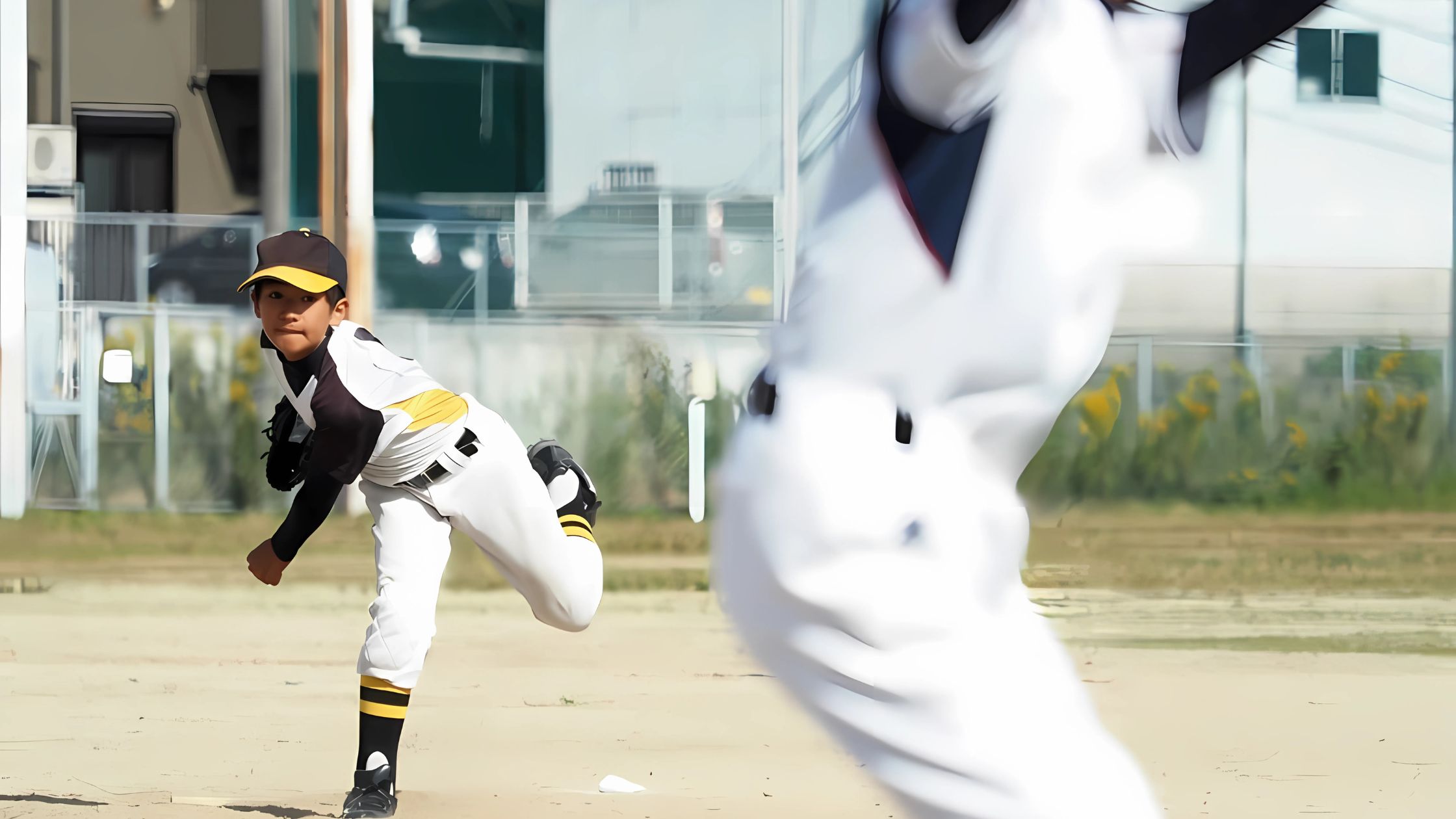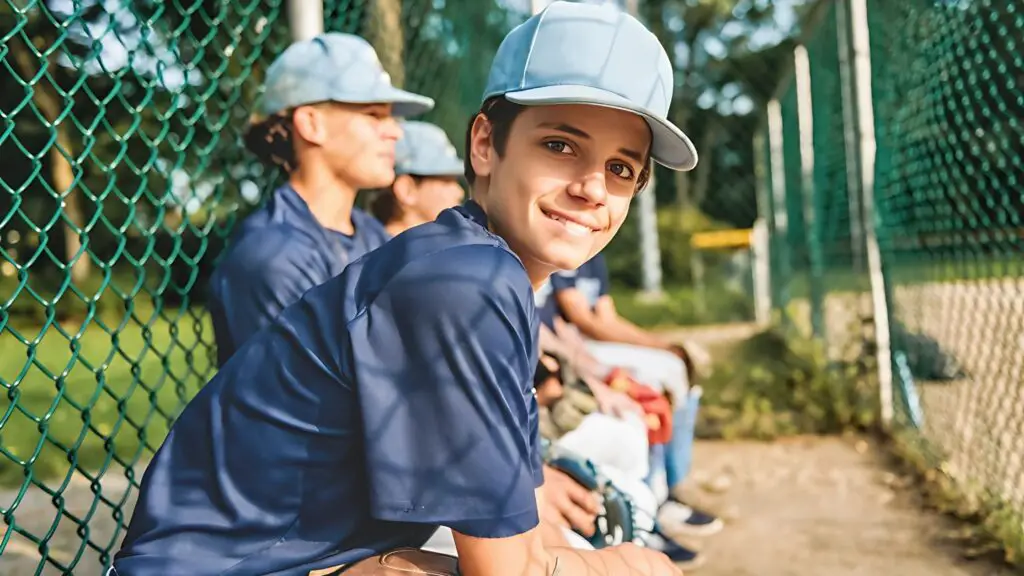To create an off-season training plan for youth players, focus on skill development and maintaining physical fitness. Tailor exercises to individual needs.
Off-season training is crucial for youth athletes. It helps maintain fitness and improve skills without the pressure of competitive games. A well-structured plan ensures balanced development, avoiding burnout and injuries. Consistency, variety, and fun are key elements. Incorporate activities like strength training, agility drills, and skill-specific exercises.
Monitor progress and make adjustments as needed. Encourage rest and recovery to prevent overtraining. Engaging youth players in diverse workouts keeps them motivated. An effective off-season plan builds a strong foundation for the upcoming season. This preparation enhances performance and boosts confidence. Parents and coaches should collaborate to create a supportive environment.
Introduction To Off-season Training
Off-season training is essential for youth players. It helps them stay active and improve skills. This period is crucial for rest and recovery. A well-structured plan can make a big difference.
Importance For Youth Players
Off-season training provides numerous benefits. It helps prevent injuries. Players can focus on skill development. It also boosts physical fitness. A good off-season plan keeps them engaged and motivated.

Goals And Objectives
Setting clear goals is important. It gives players a sense of direction. Objectives should be specific, measurable, and achievable.
- Skill Development: Focus on improving specific skills.
- Strength Training: Build muscle strength and endurance.
- Flexibility: Enhance range of motion.
- Rest and Recovery: Allow the body to heal.
Creating a balanced plan ensures all areas are covered. Use a mix of activities and exercises. Keep the sessions fun and engaging.
| Week | Focus | Activities |
|---|---|---|
| 1-2 | Rest and Recovery | Light stretching, Yoga, Rest days |
| 3-4 | Skill Development | Drills, Technique practice, Video analysis |
| 5-6 | Strength Training | Weightlifting, Resistance bands, Bodyweight exercises |
| 7-8 | Flexibility | Dynamic stretching, Pilates, Foam rolling |
Remember to adjust the plan as needed. Monitor progress and make changes. Off-season training should be a positive experience.
Assessing Current Performance
Before creating an off-season training plan, it’s crucial to assess the current performance of youth players. This helps in identifying strengths and areas for improvement. It sets a clear baseline for the upcoming training period.
Skill Evaluation
Start by evaluating the player’s technical skills. This includes dribbling, passing, shooting, and defending. Observe their technique in various game situations.
- Dribbling: Can the player control the ball under pressure?
- Passing: Are their passes accurate and well-timed?
- Shooting: Is their shooting technique consistent?
- Defending: Do they understand positioning and tackling?
Use a simple table to track skills:
| Skill | Current Level | Target Level |
|---|---|---|
| Dribbling | 3/5 | 4/5 |
| Passing | 2/5 | 4/5 |
| Shooting | 3/5 | 5/5 |
| Defending | 2/5 | 3/5 |
Physical Fitness Assessment
Assess the player’s physical fitness to ensure they can meet the demands of the sport. Key areas include endurance, strength, speed, and flexibility.
- Endurance: Can the player maintain performance throughout the game?
- Strength: Do they have the power for tackles and shots?
- Speed: Can they outpace opponents?
- Flexibility: Are they able to move freely and avoid injuries?
Consider using physical tests like:
- Running a timed mile for endurance.
- Performing push-ups and squats for strength.
- Measuring sprint times for speed.
- Conducting flexibility tests like toe touches.
Document the results to track progress over time.
Setting Training Goals
Creating a successful off-season training plan for youth players starts with setting clear training goals. These goals guide the players’ development and keep them motivated. Breaking down these goals into short-term targets and a long-term vision ensures a well-rounded approach.
Short-term Targets
Short-term targets help players focus on immediate improvements. These goals are usually set for a few weeks or months. They should be specific, measurable, and achievable. Examples of short-term targets include:
- Improving sprint speed by 10% in 4 weeks
- Mastering a new skill move in 2 weeks
- Increasing endurance with 15-minute runs, 3 times a week
Tracking progress towards these short-term targets keeps players engaged and shows them their hard work pays off.
Long-term Vision
Long-term vision sets the stage for overall development. This vision should align with the player’s future aspirations. Long-term goals can span from a season to several years. Key examples of long-term vision goals are:
- Securing a spot on the varsity team in 2 years
- Achieving a specific skill level by the end of the season
- Building the physical strength needed for advanced play
These goals provide a roadmap for consistent improvement and help players maintain their focus over time.
Setting both short-term targets and a long-term vision creates a balanced training plan. It ensures that youth players stay motivated and continuously improve.
Designing The Training Schedule
Creating an effective off-season training plan for youth players is crucial. This plan helps maintain their fitness and skills during the off-season. A well-designed training schedule ensures players stay active while allowing time for rest. Below, we outline the key components to designing a training schedule.

Weekly Routine
A structured weekly routine keeps youth players engaged and motivated. Here is a sample weekly schedule:
| Day | Activity |
|---|---|
| Monday | Strength Training |
| Tuesday | Skill Drills |
| Wednesday | Conditioning |
| Thursday | Rest |
| Friday | Agility Training |
| Saturday | Game Simulation |
| Sunday | Rest |
Balancing Rest And Activity
Balancing rest and activity is crucial for youth players. They need time to recover and avoid burnout. Here are some tips:
- Rest days: Include at least two rest days each week.
- Active recovery: Light activities like stretching or yoga.
- Listen to their bodies: Encourage players to report any pain.
Proper rest improves performance and prevents injuries. Make sure to adjust the schedule based on the player’s needs.
Skill Development
Creating an off-season training plan for youth players must include skill development. Skill development helps young athletes improve their technical abilities. They also learn position-specific skills. This section provides essential tips on technical drills and position-specific training.
Technical Drills
Technical drills are crucial for youth players. These drills improve ball control, passing, and shooting. Consistent practice with these drills builds confidence and mastery.
- Dribbling Drills: Set up cones in a zigzag pattern. Players must dribble through the cones quickly. This improves control and agility.
- Passing Drills: Pair players up. Have them pass the ball back and forth. Encourage quick, accurate passes.
- Shooting Drills: Create a target on the goal. Players aim for the target. This improves shooting precision.
Position-specific Training
Position-specific training tailors drills to the player’s role on the field. This training ensures each player excels in their position.
| Position | Drill | Focus |
|---|---|---|
| Goalkeeper | Shot Stopping | Reflexes and positioning |
| Defender | 1v1 Defending | Tackling and positioning |
| Midfielder | Passing and Moving | Vision and ball control |
| Forward | Shooting Under Pressure | Finishing and composure |
- Assess Player Needs: Identify each player’s strengths and weaknesses.
- Create a Schedule: Plan training sessions focusing on technical skills and position-specific drills.
- Track Progress: Keep a record of improvements and areas needing more work.
Incorporate these drills into your off-season training plan. This will help youth players improve their skills and confidence.
Strength And Conditioning
Creating an off-season training plan for youth players is essential for their development. Strength and conditioning are crucial components of this plan. They help improve performance and reduce injury risks.

Strength Training Exercises
Strength training builds muscle and improves overall fitness. Here are some effective exercises:
- Push-ups: Strengthen the chest, shoulders, and triceps.
- Squats: Enhance leg muscles and core stability.
- Planks: Improve core strength and endurance.
- Lunges: Develop balance and leg strength.
Endurance And Agility Workouts
Endurance and agility are key for young athletes. These workouts boost stamina and speed.
Here are some effective workouts:
- Sprints: Short bursts of running to enhance speed.
- Jump Rope: Improves coordination and cardiovascular health.
- Shuttle Runs: Develops quick direction changes and endurance.
- Agility Ladder Drills: Boosts foot speed and agility.
| Exercise | Benefit |
|---|---|
| Push-ups | Strengthen the chest, shoulders, and triceps |
| Squats | Enhance leg muscles and core stability |
| Planks | Improve core strength and endurance |
| Lunges | Develop balance and leg strength |
| Sprints | Enhance speed |
| Jump Rope | Improve coordination and cardiovascular health |
| Shuttle Runs | Develop quick direction changes and endurance |
| Agility Ladder Drills | Boost foot speed and agility |
Incorporating Mental Training
Creating a complete training plan for young players includes mental training. It helps them build focus, discipline, and confidence. Let’s explore some essential techniques.
Building Focus And Discipline
Focus and discipline are key for young athletes. They need to concentrate during practice and games. Here are some exercises to help:
- Mindfulness Exercises: Teach kids to stay present.
- Breathing Techniques: Help them calm down.
- Goal Setting: Set small, achievable goals.
- Routine Building: Create consistent daily habits.
Visualization Techniques
Visualization helps young athletes imagine success. It builds their confidence and readiness. Here are some methods to use:
- Imagery Practice: Visualize scoring goals or making good plays.
- Positive Affirmations: Repeat encouraging phrases.
- Scenario Planning: Think about different game situations.
- Relaxation Techniques: Use relaxation to enhance visualization.
These mental training techniques are vital. They prepare young athletes for better performance on and off the field.
Monitoring Progress
Monitoring progress is key to a successful off-season training plan. Keeping track of improvements helps in adjusting the plan for the best results. Here’s how to effectively monitor progress for youth players.

Regular Check-ins
Regular check-ins are essential. They help in tracking the player’s growth and identifying areas that need attention.
- Schedule weekly or bi-weekly check-ins.
- Use simple metrics to measure performance.
- Keep a log of all activities and improvements.
During check-ins, ask players how they feel. Make note of any difficulties. This helps in understanding their progress and motivation levels.
| Week | Activity | Performance Metric | Notes |
|---|---|---|---|
| 1 | Running Drills | Time taken | Player seemed tired |
| 2 | Strength Training | Weight lifted | Improved from last week |
Adjusting The Plan
Adjusting the plan is crucial. It ensures that the training remains effective and engaging for the youth players.
- Review the logs from the check-ins.
- Identify any patterns in performance.
- Make necessary adjustments to the training plan.
Adjustments might include changing the intensity of workouts. You may also need to introduce new activities.
Communicate with the players about any changes. Ensure they understand the reasons behind adjustments.
Remember, the goal is to keep the training fun and challenging. This will help youth players stay motivated throughout the off-season.
Nutrition And Recovery
Creating an effective off-season training plan for youth players involves more than just physical workouts. Nutrition and recovery play crucial roles in ensuring young athletes stay healthy and perform well. A balanced diet and adequate rest help the body recover and prepare for the next training session.
Healthy Eating Habits
A balanced diet is essential for young athletes. They need a mix of carbohydrates, proteins, and fats.
- Carbohydrates give energy for training sessions.
- Proteins help in muscle repair and growth.
- Fats support overall health and energy storage.
Include a variety of fruits and vegetables in their meals. These provide essential vitamins and minerals. Staying hydrated is also key. Encourage them to drink water before, during, and after activities.
Importance Of Sleep And Rest
Sleep is vital for recovery. Young athletes need at least 8-10 hours of sleep each night. This helps their bodies repair and grow. Create a consistent sleep schedule. This means going to bed and waking up at the same time daily.
Rest days are also essential. They prevent injuries and keep the body strong. Plan rest days into the training schedule. This gives muscles time to recover and reduces fatigue.
Here’s a simple table to understand daily rest needs:
| Age Group | Recommended Sleep |
|---|---|
| 6-12 years | 9-12 hours |
| 13-18 years | 8-10 hours |
Ensuring proper nutrition and adequate rest will help young athletes reach their full potential.
Frequently Asked Questions
What Is An Off-season Training Plan?
An off-season training plan is a structured program. It helps youth players improve skills, strength, and conditioning. It prepares them for the upcoming season.
Why Is Off-season Training Important For Youth Players?
Off-season training is crucial for youth players. It helps prevent injuries, build strength, and enhance skills. It keeps them engaged and motivated.
How Do I Start An Off-season Training Plan?
Start with a clear objective. Assess the player’s strengths and weaknesses. Create a balanced schedule that includes skill drills, strength training, and rest.
What Should Be Included In An Off-season Training Plan?
Include skill development drills, strength and conditioning exercises, and flexibility routines. Ensure adequate rest and recovery periods. Tailor the plan to individual needs.
Conclusion
Crafting a solid off-season training plan is vital for youth players’ development. Focus on skills, conditioning, and fun activities. Consistency and proper guidance can lead to significant improvements. Encourage young athletes to stay motivated and committed. With the right plan, they’ll be ready for the upcoming season and beyond.


